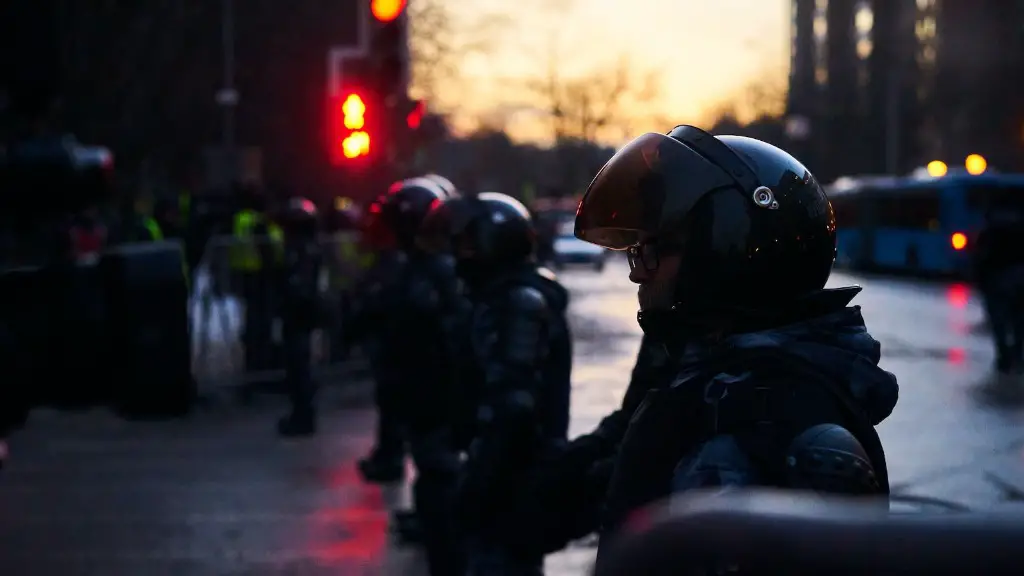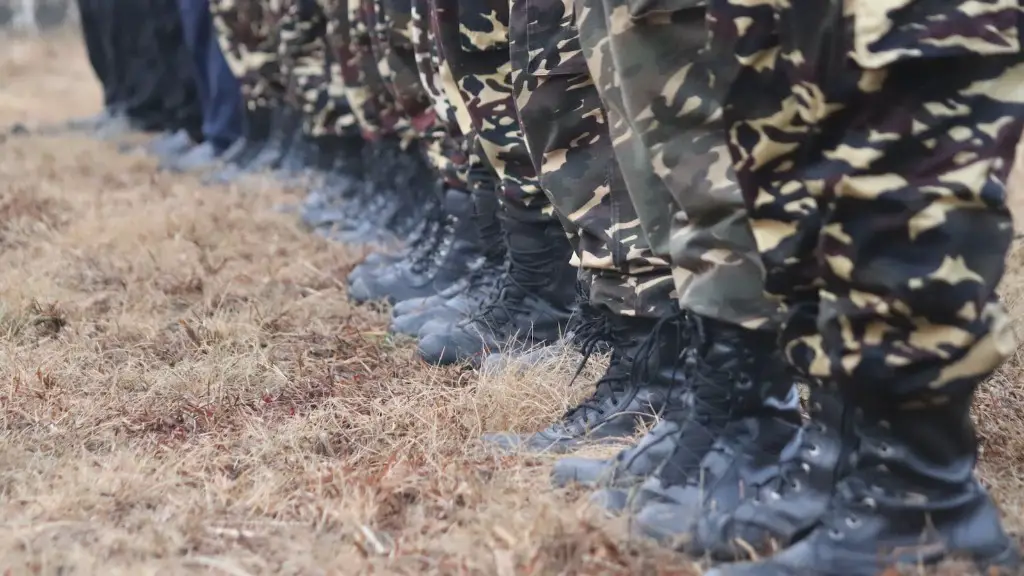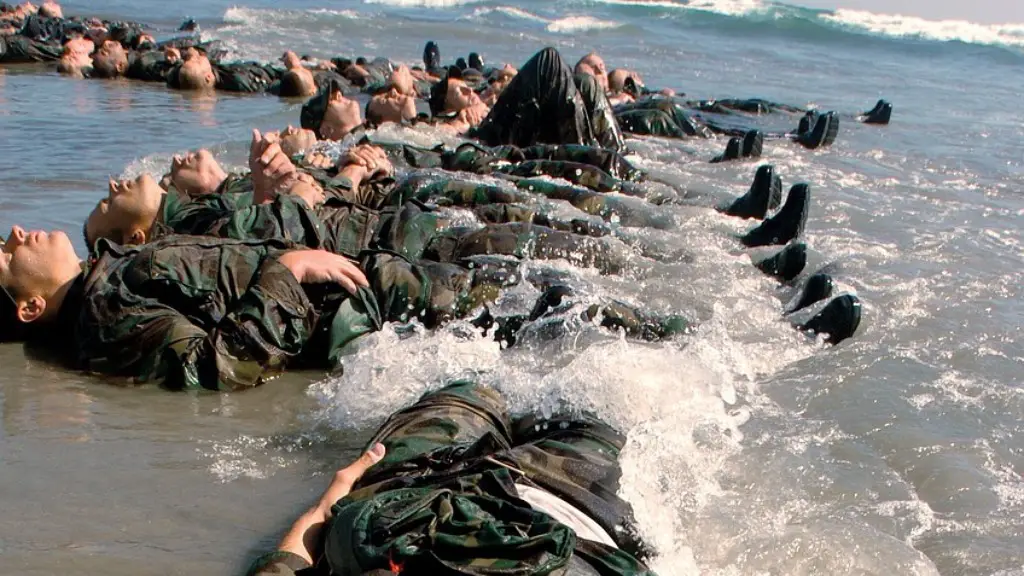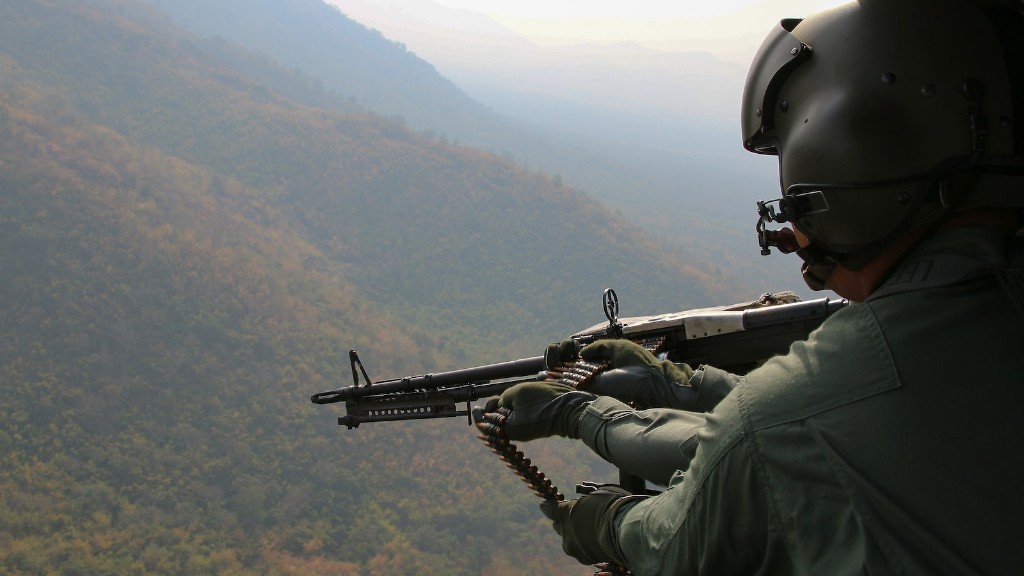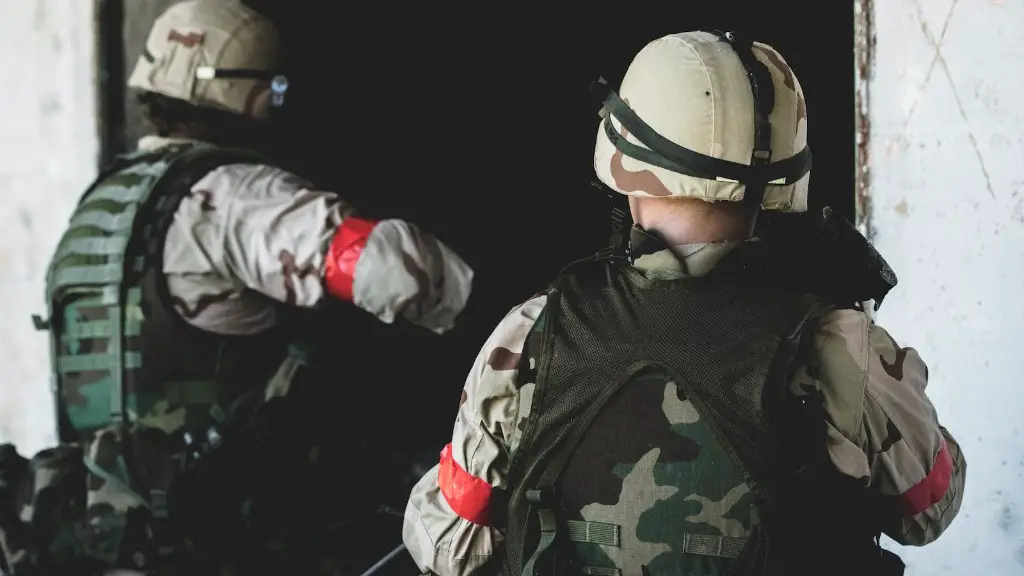Traditional Chinese Martial Arts
Traditional Chinese martial arts, otherwise known as kung fu or wushu, are the ancestral systems of fighting that have been passed down through generations of Chinese families. The evolution of these ancient battle techniques can be traced back over 3,000 years, when they were used by the armies of the very first Chinese Dynasties. Today, there is a multitude of different types and styles of traditional Chinese martial arts, as well as modern developments and variations.
Strategically and tactically, Chinese martial arts have always been closely aligned with the military. Chinese military manuals written centuries ago were full of tactical advice that served the military forces in the face of invaders. In addition, many of the Chinese martial arts styles were adapted from battlefield tactics, and these were further refined from their original military usage.
Chinese martial arts were extended and developed during hundreds of years of training, application and evolution. Several traditional Chinese martial arts styles such as Praying Mantis (螳螂拳) and Wing Chun (詠春拳) were results of this evolution. Traditional Chinese martial arts were taught to all branches of Chinese military, both regular and irregular. Thus, these combat methods have influenced the adaptive tactics used by Chinese irregular forces, such as mountain-based guerrilla tactics, as well as their more commonly recognized formations and battlefield strategies.
Some of the most popular disciplines of traditional Chinese martial arts used by the Chinese army include Xing Yi Quan (形意拳), Southern Mantis (南螳螂拳), Tai Chi (太極拳), Wing Chun (詠春拳) and Praying Mantis (螳螂拳).
Xing Yi Quan (also known as Hsing-I) is an ancient and powerful style of martial arts that focused on using explosive power. It was most often used in battle as a devastating long-range combat style of striking, and was very successful in doing so. It was a favorite of many generals for its combination of power, agility and speed.
Southern Mantis is an effective fighting style that has its roots in Southern Shaolin Kung Fu. It utilizes strong hand and flexible foot techniques to gain an advantage in combat. The combination of fast strikes and evasive footwork gives the practitioner the ability to maintain a safe distance while effectively attacking the opponent.
Tai Chi and its Benefits
Tai Chi is a very popular form of traditional Chinese martial arts that is now practiced by millions of people around the world. Though it is generally known as being a form of health and relaxation, it is still a very powerful martial art, and one that has been used historically by the Chinese army to great success.
Tai Chi takes the martial arts principles of balance, timing and displacement and applies them to a slower pace and gentle, continuous movement. Its practitioners learn to shift their center of gravity and maintain proper posture and body alignment, while focusing on stillness within movement.
Because of its less violent nature, Tai Chi is often used in Chinese military training as a means to increase discipline, finesse and accuracy in terms of martial arts. It helps its practitioners to improve their coordination, focus, and mental clarity, making them better fighters.
In addition, Tai Chi’s slow movements are particularly suited to treating the pain that develops from rigorous training and battle. In this way, it can be used to reduce stress and promote healing in the aftermath of battle.
Wing Chun and Praying Mantis
Wing Chun (also known as Ving Tsun or Wing Tsun) is an effective self-defense martial art that was passed down by a Shaolin nun. It employs very fast, intercepted and powerful strikes, usually to the opponent’s centerline. Because of its quick action, it became the favorite of many Chinese military officers.
Praying Mantis is another style that is popular among the Chinese army. It is a powerful and direct system that emphasizes simultaneous attack and defense, as well as the use of low stances. It is said to have been developed by General Wang Lang during the Ming Dynasty, and was passed down through the centuries since then.
The combination of Wing Chun and Praying Mantis styles is the most effective martial arts style used by the Chinese army. Both arts rely heavily on circular movements that can be used to confuse and unbalance the opponent. They both employ powerful strikes and blocks, and their combination has made it one of the most successful martial arts styles used in the Chinese military.
Modern Chinese Martial Arts
In recent years, Chinese martial arts have been adapted and incorporated into modern-day self-defense and combat sports. Traditional Chinese martial arts themselves have been adapted to become more effective and practical for the modern world, and many of these new styles have been adopted by the Chinese military.
In the last 30 years, a new art has emerged in China, called Sanshou (散手). It combines techniques from several traditional Chinese martial arts, including Xing Yi Quan, Bagua Zhang and Tai Chi. Sanshou has been adopted and adopted extensively by the Chinese military and has become popular around the world as a combative sport.
There are also many modern variations of traditional Chinese martial arts, such as Shuai Jiao (摔跤) and Chin Na (擒拿), which have been developed for street fighting and self defense. These adaptations have been widely adopted by the Chinese military, as well as by many martial arts academies around the world.
Conclusion
Traditional Chinese martial arts have been an integral part of the Chinese military for centuries, having been used for training, battlefield tactics and battle strategies. Over the years, these arts have been adapted and incorporated into modern-day self-defense and combat sports, making them more effective for the modern world. Today, many of these martial arts styles are used by the Chinese military, as well as by martial arts academies around the world.
